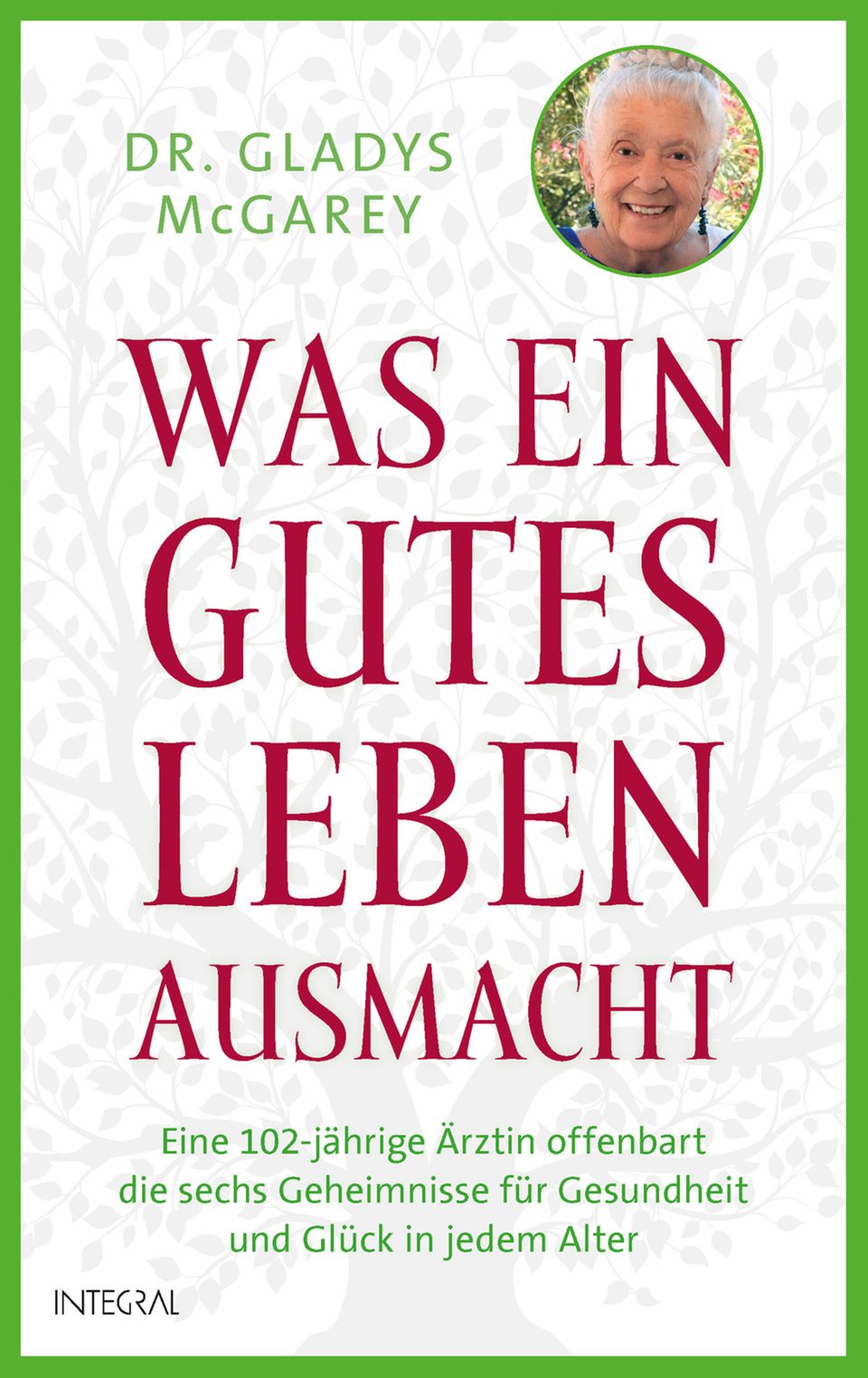102-year-old reveals
This is what makes our time special
© Lynne Ericksson / Press Office
Hectic? Climate fear? Aperol Spritz? You can read here what, according to 102-year-old doctor Gladys McGarey, is a particularly distinguishing feature of our time.
In some ways every time is special – and in another way it is not. There have been years in which inventions such as the printing press, the steam engine and television have influenced the world and the people who live in it, and those that have been marked by wars, droughts and disease. For some episodes in history we immediately think of the names of rulers, artists and authors, for others we don’t even think about it after thinking for a few minutes. But no matter what the political borders are, how safe they are, what people eat for dinner and how they eat theirs Obtaining food: People are always faced with the challenge of adapting to the circumstances that affect them. To come to terms with it and make the best of it. This challenge is changing – but it is impossible to say whether it will become harder or easier.
Gladys McGarey: That’s a peculiarity of today’s times
Physician and author Gladys McGarey has lived through ten decades as a woman over 100 years old. She certainly has her own, individual, subjective view of the world, which is always shaped by her age and wealth of experience, the place she is in, the people who surround her, and numerous other factors that make her perspective unique and make it special. But that doesn’t make this perspective any less interesting. What she notices when she looks at the world is based on a horizon that has evolved over more than 100 years of life.
“Today we can easily talk to each other across continents and time zones,” says the 102-year-old. “I can look into a camera and talk and at the same moment, thousands of miles away, you’ll see my face and hear what I’m saying.” What we take for granted today was unimaginable for many generations of people – and for much of her life for Gladys McGarey. Once a person left the house, they were gone and unreachable. When traveling, people could not inform their loved ones how they were doing, what they were experiencing, when they would return – at least not without considerable delay. Not being together meant uncertainty and worry. It meant having to cope and make decisions on my own. And in many cases it meant hope and trust at the same time.
While we can and are constantly and naturally connected to one another – and sometimes almost want a break from it – Doctor Gladys also sees another trend in our interactions that could possibly be related to constant availability: “It seems to me that people tend to “Today we tend to neglect the importance of physical closeness and touch,” says the doctor. Are we so well connected that actually being together, which undoubtedly cannot be replaced by a video call, loses value in our minds? An open question that we can probably only answer for ourselves.
What changes – and what doesn’t
Just like every time, our time has peculiarities. Just as our ancestors dealt with it and found a way in their lives where they could laugh, cry, learn, suffer, recover and love, we are finding our way today. The constant, technologically guaranteed connection and accessibility that Gladys McGarey sees as a special feature of our time may shape our lives more than we realize, as it has an influence on one of the most important areas of life: our relationships. These, in turn, will most likely always remain a central part of human life, regardless of whether people communicate using gestures, words or brain waves, whether they prepare their food over an open fire, on gas stoves, ceramic hobs or by pressing a button directly in the packaging. Because without each other it is hard to imagine that we could laugh, cry, learn, suffer, recover or love.

